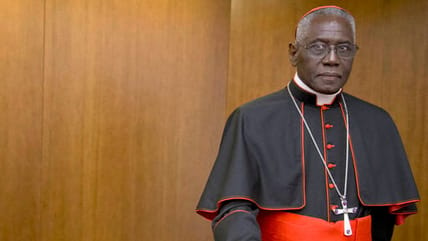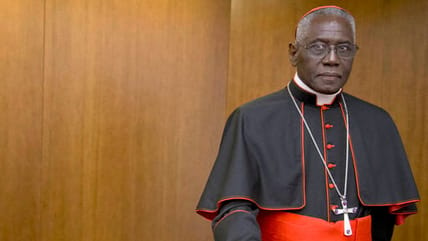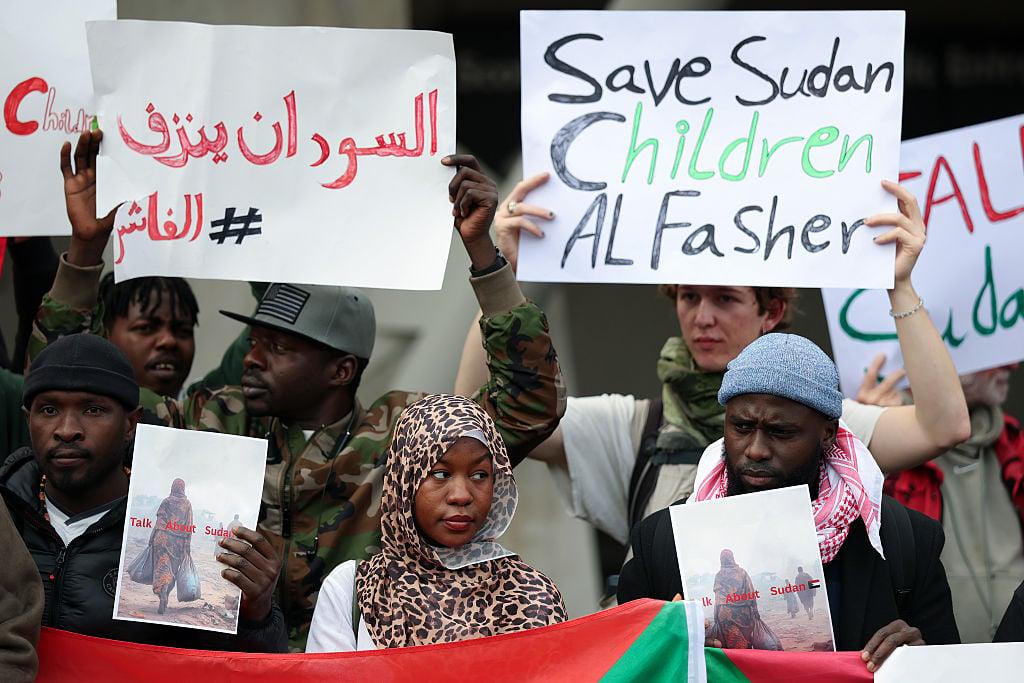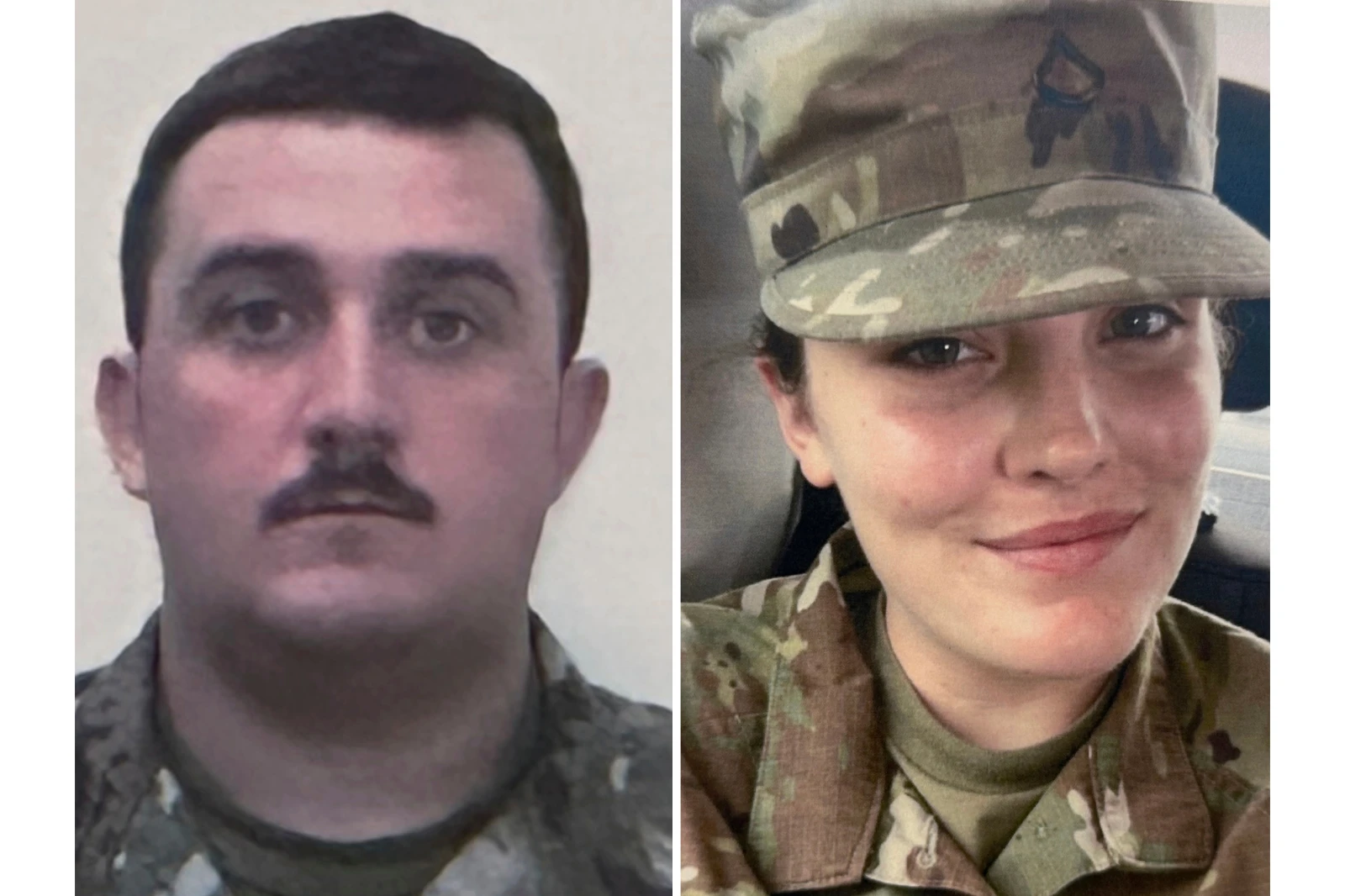Pope Francis died on Easter Monday at the age of 88. His death set off mourning across the Catholic world and days of ritual at the Vatican. Here are the key things to know about the funeral of the first Latin American pontiff in the church’s history:
When and where was his funeral held?
His funeral was held Saturday morning in St. Peter’s Square. His coffin was then taken by motorcade across downtown Rome to the spot where he wished to be laid to rest in a simple underground tomb at St. Mary Major Basilica, according to his will. The church is home to his favorite icon of the Virgin Mary, to whom he was particularly devoted.
Why not at the Vatican?
Before and after every foreign trip, Francis would go to the basilica to pray before the Byzantine-style painting, the Salus Populi Romani, or Salvation of the people of Rome.
Located in a side chapel, the icon features an image of Mary, draped in a blue robe, holding the infant Jesus, who in turn holds a jeweled golden book.
Which dignitaries attended?
Heads of state, including U.S. President Donald Trump, Ukrainian President Volodymyr Zelenskyy and British Prime Minister Keir Starmer, were among those attending the funeral. Others dignitaries included: Prince William, French President Emmanuel Macron, German President Frank-Walter Steinmeier and European Council President António Costa.
How long did the pope serve?
Pope Francis had a 12-year papacy during which he charmed the world with his humility and concern for the poor. But the Argentina-born pope also alienated conservatives with critiques of capitalism and climate change.
Why were so many young people in attendance?
Many mourners had already planned to be in Rome this weekend for the Holy Year canonization of the first millennial saint, Carlo Acutis. The canonization was postponed after Francis’ death, and no date has yet been set. The jubilee of teenagers had also been set for April 25 to 27.
Perhaps because so many young people were on hand, the somber ceremony still had a festive mood, with mourners taking selfies amid the hymns as Francis’ simple coffin was brought out of St. Peter’s Basilica at the start of the Mass.
So, how do they choose a new pope?
The death of a pope starts a centuries-old ritual to elect a new one, involving sacred oaths by the cardinals, the piercing of ballots with a needle and thread after they’re counted, and then burning them to produce either the white or black smoke to signal if there’s a new leader for the world’s 1.4 billion Catholics.
With the burial, the Catholic Church begins nine days of official mourning, known as the “novemdiales”. The date of the conclave to elect a new pope has not yet been announced.
In the conclave, the cardinals will vote in secret sessions, and the ballots will be burned in a special stove after each session. Black smoke indicates no pope has been elected; white smoke says the cardinals have chosen the next head of the Catholic Church.
Any baptized Catholic male is eligible, though only cardinals have been selected since 1378. The winner must receive at least two-thirds of the vote from those cardinals under age 80 who are eligible to participate.
Francis appointed the vast majority of electors, often tapping men who share his pastoral priorities, which suggests continuity rather than rupture.
While it’s impossible to predict who the next pope will be, some cardinals are considered to have better chances than others.
Is it like the movie?
Yes and no.
“Conclave” the 2024 film, introduced many laypeople to the ancient selection process with its arcane rules and grand ceremony, albeit with a silver screen twist packed full of palace intrigue and surprise.
Vatican experts say the movie excels at re-creating the look and feel of a conclave. But there are discrepancies, errors and some outlandish storylines in the Hollywood version. And while the voting process was depicted accurately, the ballots are burned not after each vote, but after each session.
The legacy of Francis
Francis was known for his personal simplicity, from the choice of his name Francis in honor of St. Francis of Assisi, who renounced wealth to help the poor, to the outward symbols and priorities of his papacy.
He chose to live in the Vatican’s Domus Santa Marta hotel instead of the Apostolic Palace and wore his old orthotic shoes and not the red loafers of the papacy.
In his teachings, he focused on concern for refugees and other marginalized people. His first trip outside Rome as pope in 2013 was to the Sicilian island of Lampedusa to meet with newly arrived migrants. His plea for welcome put him at odds with U.S. and European policies.
He also signaled a more welcoming stance toward LGBTQ+ people, while also making the fight against climate change a priority. Francis became the first pope to use scientific data in a major teaching document and made care for God’s creation a hallmark of his papacy.
He eschewed the grandiose even in his departure, lying in state in a simple coffin made of wood.
The sealing of the coffin
The night before the funeral, the camerlengo presided over the closing and sealing of the coffin, in the presence of other senior cardinals. A white cloth was placed over Francis’ face.
A bag containing coins minted during his papacy was placed in the coffin along with a one-page written account of his papacy — known in Italian as a “rogito,” a word indicating an official deed. It was read aloud by the master of liturgical ceremonies and then rolled up and slipped inside a cylindrical tube that was placed inside the coffin. Another copy is kept in the Vatican archives. The covers of both the zinc coffin and the wooden one bear a cross and Francis’ papal coat of arms.







